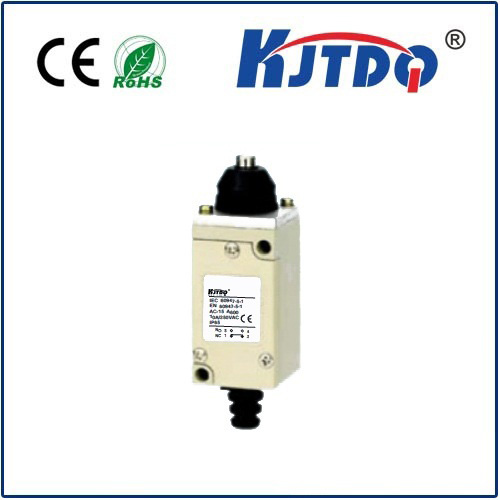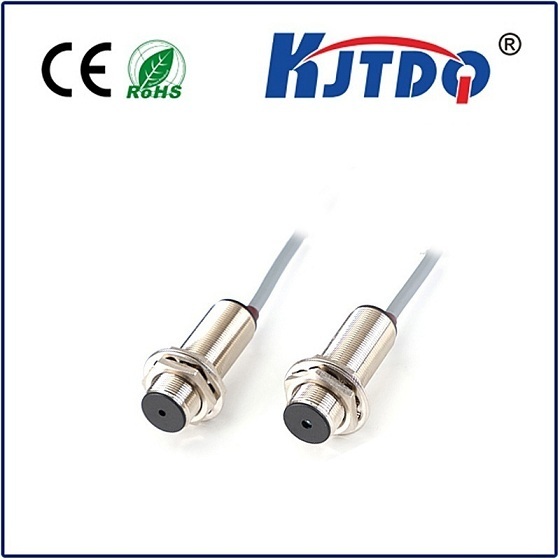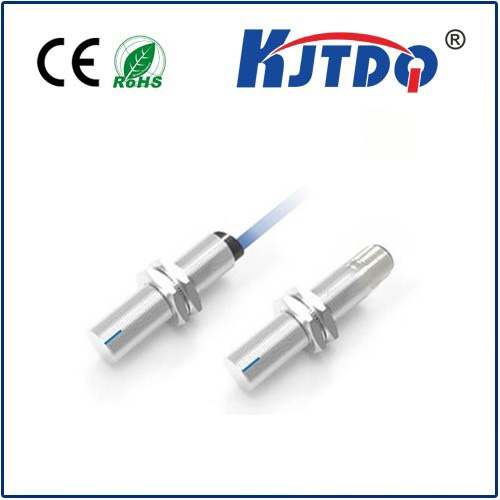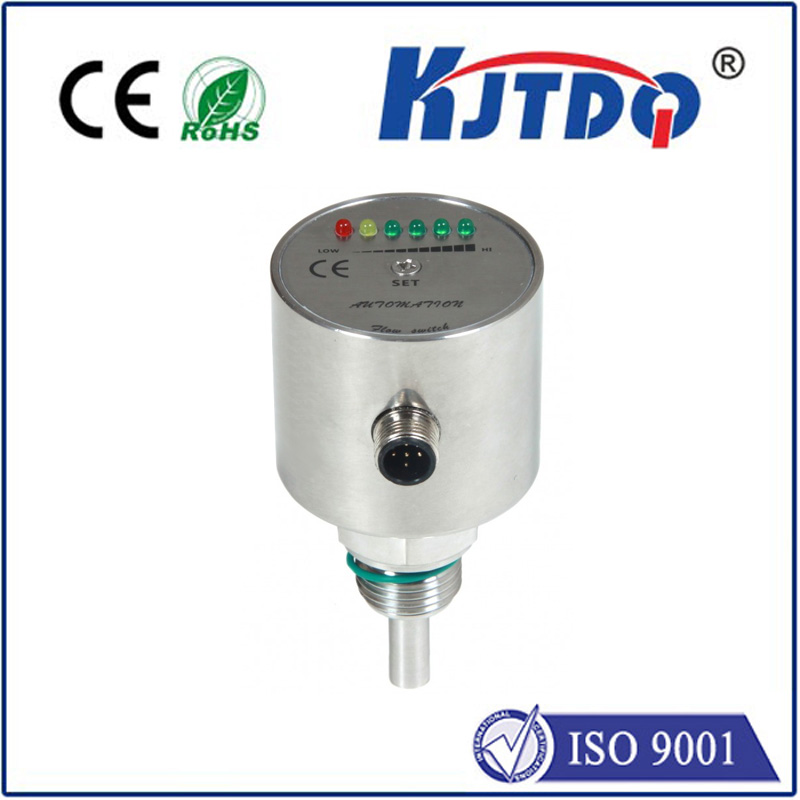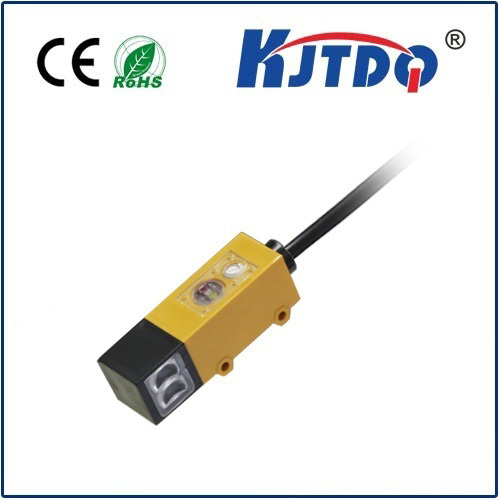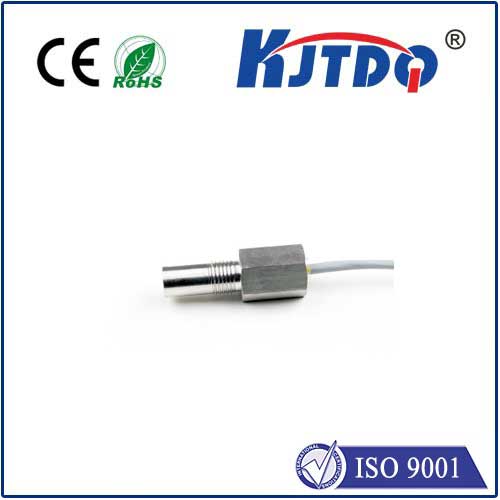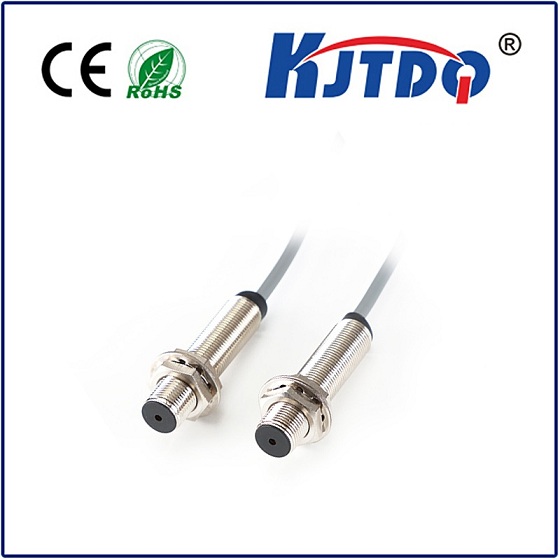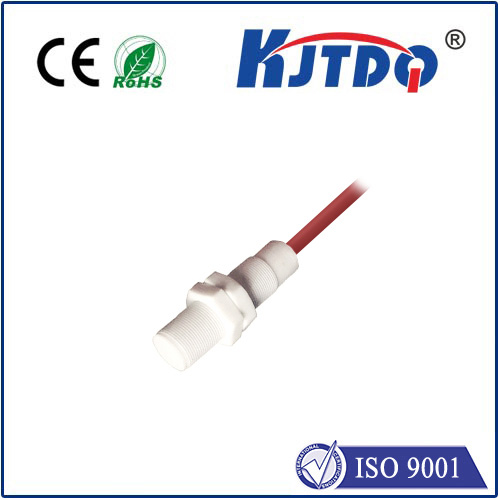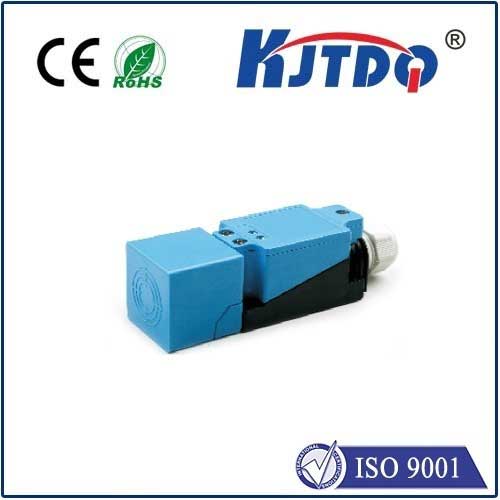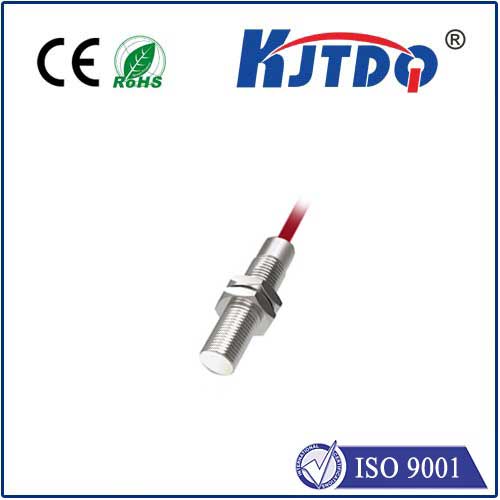

check

check

check

check

check

check

check

check

check

check
neumatic Controls Limit Switch: The Unsung Hero of Automation
In the world of automation, pneumatic controls limit switches might seem like a small component, but their role is crucial. These devices are used to control and monitor the position of various machinery components, ensuring that they operate within defined limits. In this article, we will explore the importance of pneumatic controls limit switches in automation, how they work, and their benefits.
1. What is a Pneumatic Controls Limit Switch?
A pneumatic controls limit switch is a device that detects the presence or absence of an object, such as a piston or a lever, at a specific point in its travel path. It uses compressed air to actuate a switch, which sends an electrical signal to a controller or other device. The controller then takes appropriate action based on the input received from the limit switch.
2. How Does a Pneumatic Controls Limit Switch Work?
The operation of a pneumatic controls limit switch is simple yet effective. When the object being monitored reaches a certain point in its travel path, it triggers the switch mechanism inside the limit switch. This causes the switch to open or close, depending on the design of the limit switch. The resulting change in electrical current flow can be used to initiate or stop various processes within an automation system.
3. Benefits of Using Pneumatic Controls Limit Switches
There are several benefits to using pneumatic controls limit switches in automation systems:
- Precision: Pneumatic controls limit switches provide precise control over the position of machinery components. This ensures that each component operates within defined limits, reducing the risk of damage or failure due to overextension or underextension.
- Reliability: Pneumatic controls limit switches are highly reliable and require little maintenance. They can operate continuously for long periods without any issues, making them ideal for use in environments where downtime is not an option.
- Cost-effectiveness: Pneumatic controls limit switches are relatively inexpensive compared to other types of limit switches. This makes them an attractive option for businesses looking to implement automation solutions on a budget.
4. Applications of Pneumatic Controls Limit Switches
Pneumatic controls limit switches have a wide range of applications in various industries. They are commonly used in manufacturing processes to control the movement of robotic arms, conveyor belts, and other machinery components. They are also used in HVAC systems to monitor and control the position of dampers, valves, and other components. Additionally, pneumatic controls limit switches can be found in packaging machines, assembly lines, and material handling systems.
5. Future Developments in Pneumatic Controls Limit Switches
As technology continues to evolve, so do pneumatic controls limit switches. Manufacturers are constantly developing new designs and features to improve the functionality and reliability of these devices. For example, some modern limit switches now include integrated diagnostic capabilities, allowing users to monitor the health of their equipment and identify potential issues before they become major problems.
In conclusion, pneumatic controls limit switches may seem like a small component in the world of automation, but their impact is significant. By providing precise control over machinery components, these devices help ensure that automated systems operate efficiently and reliably. With their cost-effectiveness and wide range of applications, pneumatic controls limit switches are undoubtedly an unsung hero in the field of automation
